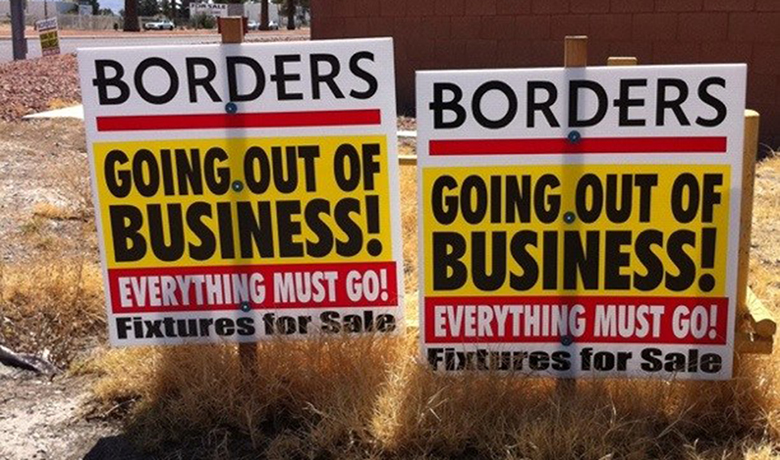| << Chapter < Page | Chapter >> Page > |

Nearly eight million U.S. jobs were lost during the Great Recession of 2008-2009, with unemployment peaking at 10% in October 2009, according to the Bureau of Labor Statistics (BLS). That is a huge number of positions gone. During the tepid recovery, some positions were added, but as of summer 2013, unemployment had remained persistently higher than the pre-recession rate of less than 5%. Some economists and policymakers worried the recovery would be “jobless.” With the economy growing, albeit slowly, why wasn’t the unemployment number falling? Why were firms not hiring?
Peter Cappelli, noted Wharton management professor and Director of Wharton’s Center for Human Resources, does not believe the job search process is akin to what he terms the “Home Depot” view of hiring. According to him, this view “basically says that filling a job is like replacing a part in a washing machine. You simply find someone who does the exact same job as that broken part, plug him or her into the washing machine and that is it.” The job search, for both the prospective employee and the employer, is more complex than that.
In a hiring situation, employers hold all the cards. They write the job descriptions, determine the salaries, decide when and how to advertise positions, and set the controls on employment application screening software. Advertising for positions has increased as the economic recovery progresses, yet here’s the kicker: Employers say there are no applicants out there who meet their needs. While the unemployment rate is now below 6% as of the beginning of 2015, many economists and policymakers (including the Chair of the Federal Reserve, Janet Yellen) are still concerned about "slack" in the labor market. So the question arises: where are the job candidates?
That question leads us to the topic of this chapter—unemployment. What constitutes it? How is it measured? And if the economy is growing, why isn’t the pool of job openings growing along with it? Sounds like the economy has a case of “missing” candidates.
In this chapter, you will learn about:
Unemployment can be a terrible and wrenching life experience—like a serious automobile accident or a messy divorce—whose consequences can be fully understood only by someone who has gone through it. For unemployed individuals and their families, there is the day-to-day financial stress of not knowing where the next paycheck is coming from. There are painful adjustments, like watching your savings account dwindle, selling a car and buying a cheaper one, or moving to a less expensive place to live. Even when the unemployed person finds a new job, it may pay less than the previous one. For many people, their job is an important part of their self worth. When unemployment separates people from the workforce, it can affect family relationships as well as mental and physical health.
The human costs of unemployment alone would justify making a low level of unemployment an important public policy priority. But unemployment also includes economic costs to the broader society. When millions of unemployed but willing workers cannot find jobs, an economic resource is going unused. An economy with high unemployment is like a company operating with a functional but unused factory. The opportunity cost of unemployment is the output that could have been produced by the unemployed workers.
This chapter will discuss how the unemployment rate is defined and computed. It will examine the patterns of unemployment over time, for the U.S. economy as a whole, for different demographic groups in the U.S. economy, and for other countries. It will then consider an economic explanation for unemployment, and how it explains the patterns of unemployment and suggests public policies for reducing it.

Notification Switch
Would you like to follow the 'Principles of economics' conversation and receive update notifications?